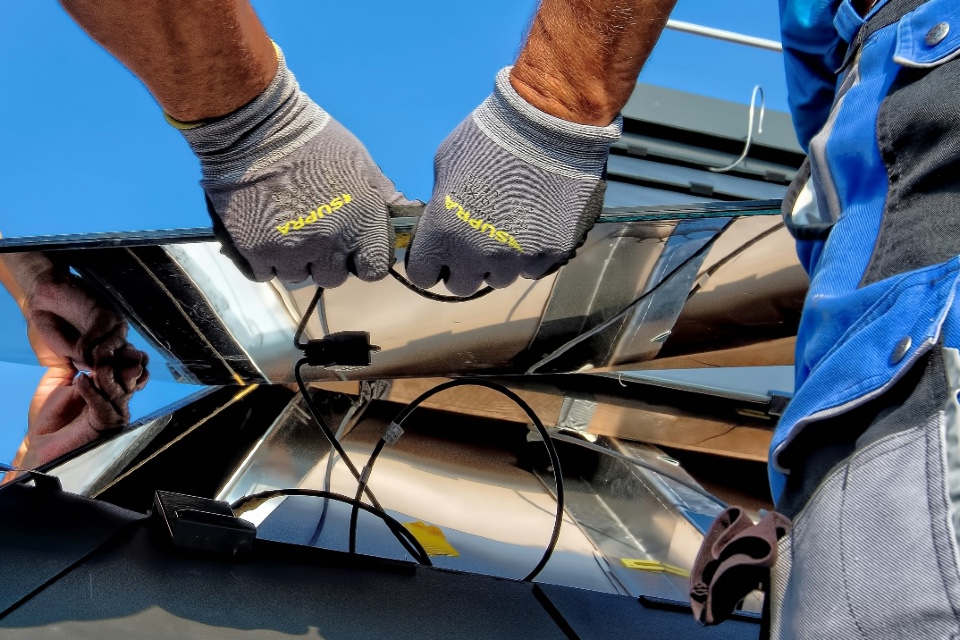Energy Management Systems (EMS) are an essential tool for optimising energy use, reducing costs, and ensuring regulatory compliance. However, with a rapidly evolving market and a range of solutions available to help hit your cost, Net Zero and other targets, choosing the right EMS supplier requires careful consideration. Here’s a guide on how to invest in the right system for your organisation, based on input for delegates and suppliers at the Energy Management Summit…
1. Defining Organisational Needs
Before evaluating EMS solutions, organisations must first define their specific energy management objectives. Key considerations include:
- Energy efficiency goals – Are you aiming to reduce carbon emissions, improve operational efficiency, or cut costs?
- Facility type and size – A single-site office will have different requirements compared to a multi-site industrial facility.
- Regulatory compliance – Does your business need to meet SECR (Streamlined Energy and Carbon Reporting), ESOS (Energy Savings Opportunity Scheme), or net-zero policies?
Clarifying these needs will help narrow down EMS options that align with business priorities.
2. Scalability and Future-Proofing
Energy demands and sustainability regulations are constantly evolving. A robust EMS should be scalable, allowing organisations to expand or modify their energy management strategies as needed. Look for:
- Modular systems that can be expanded to accommodate future energy initiatives.
- Cloud-based platforms that provide real-time access and remote management capabilities.
- AI-driven analytics that continuously improve performance insights.
A scalable system ensures that your investment remains relevant and cost-effective in the long term.
3. Integration with Existing Systems
An EMS should integrate seamlessly with Building Management Systems (BMS), IoT-enabled devices, and renewable energy sources. Ensuring compatibility with:
- Smart meters and sensors for real-time energy tracking.
- On-site solar or battery storage systems for optimising renewable energy use.
- Existing reporting tools to streamline compliance and sustainability reporting.
Choosing a solution that integrates with your current infrastructure reduces implementation time and costs.
4. Cost vs. ROI Considerations
While upfront costs are important, focus on total cost of ownership (TCO) and return on investment (ROI). Ask suppliers about:
- Energy savings projections – How much can the system reduce energy costs annually?
- Maintenance and support costs – What ongoing expenses should be expected?
- Potential grants or incentives – Are there financial incentives available for adopting energy-efficient technology?
A system with strong cost savings and operational benefits quickly pays for itself.
5. Choosing the Right Supplier
Beyond technology, the right EMS provider should offer:
- Strong industry experience with proven case studies.
- Comprehensive customer support for system updates and troubleshooting.
- Compliance with UK energy regulations to ensure legal and environmental obligations are met.
Selecting an EMS is a strategic investment in energy efficiency, cost reduction, and sustainability. By prioritising scalability, integration, compliance, and long-term value, UK energy professionals can implement a system that meets their organisation’s evolving needs while supporting sustainability goals in 2025 and beyond.
Are you searching for Energy Management Systems solutions for your organisation? The Energy Management Summit can help!
Photo by Ricardo Gomez Angel on Unsplash




